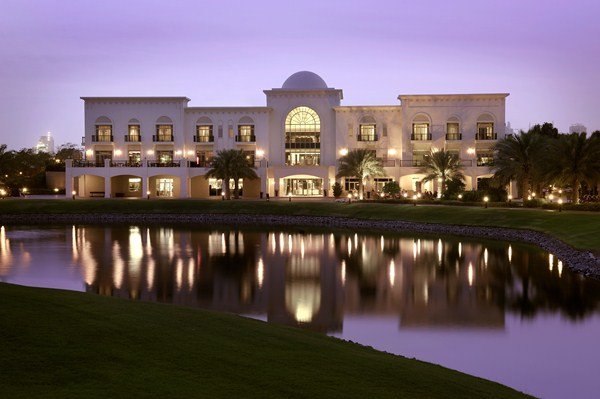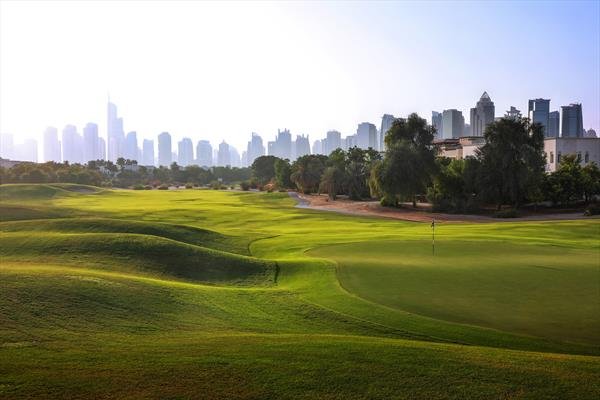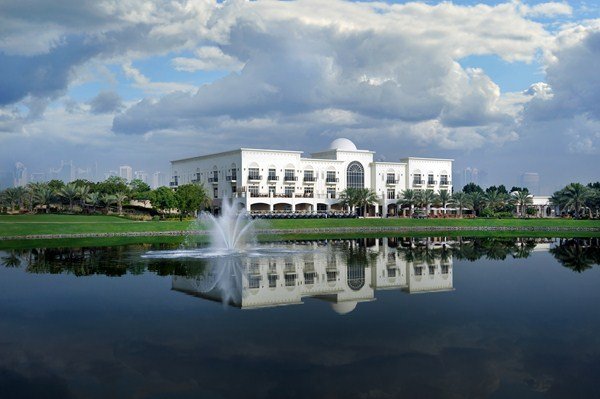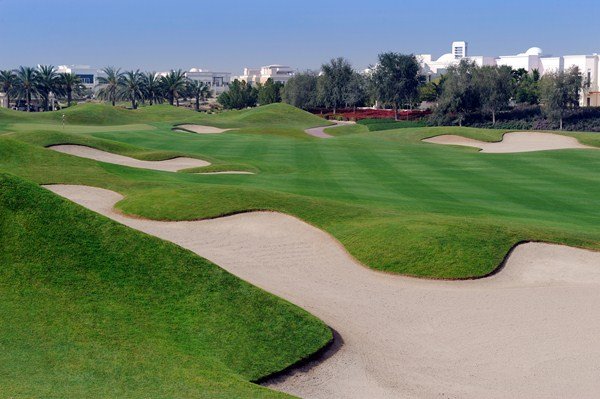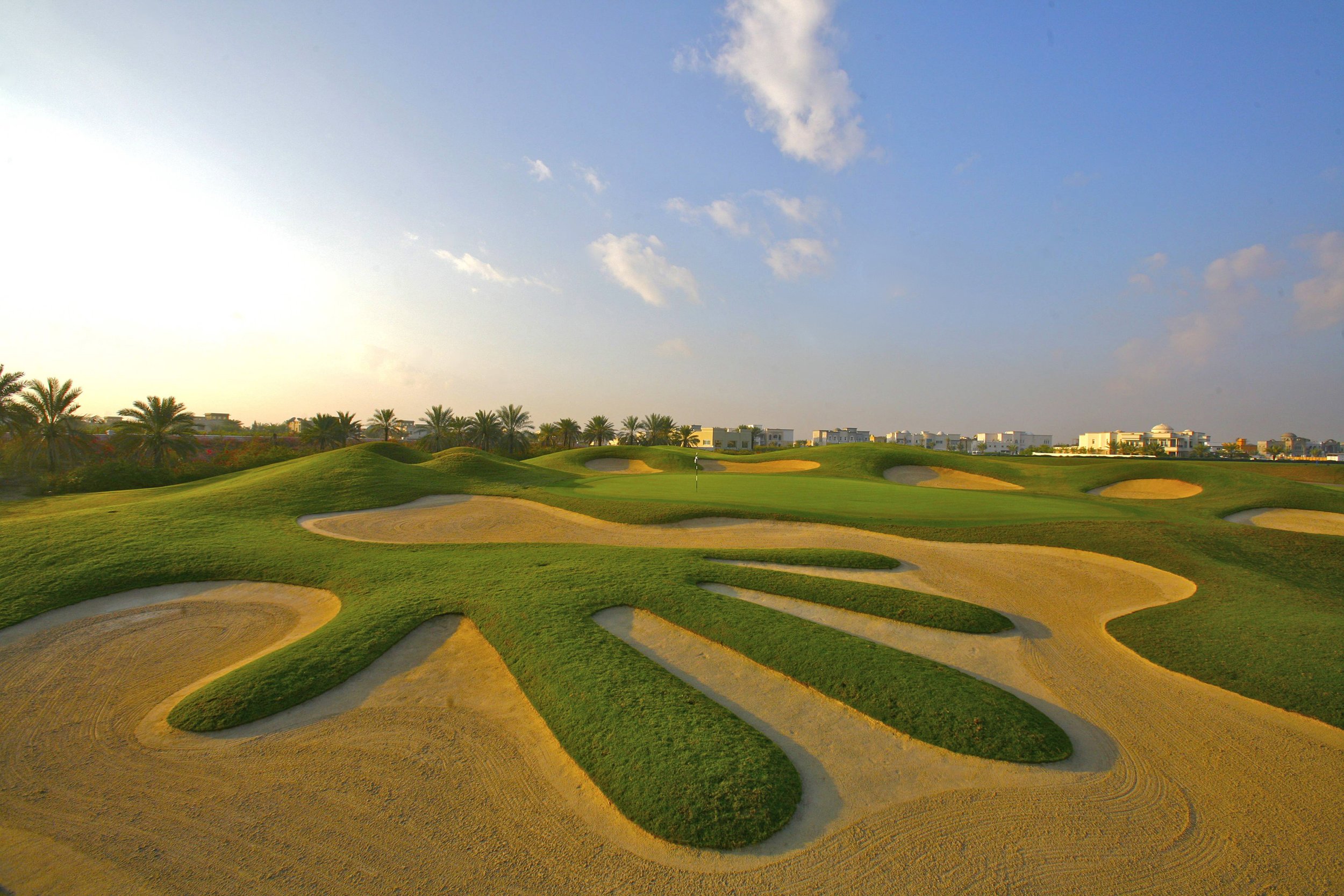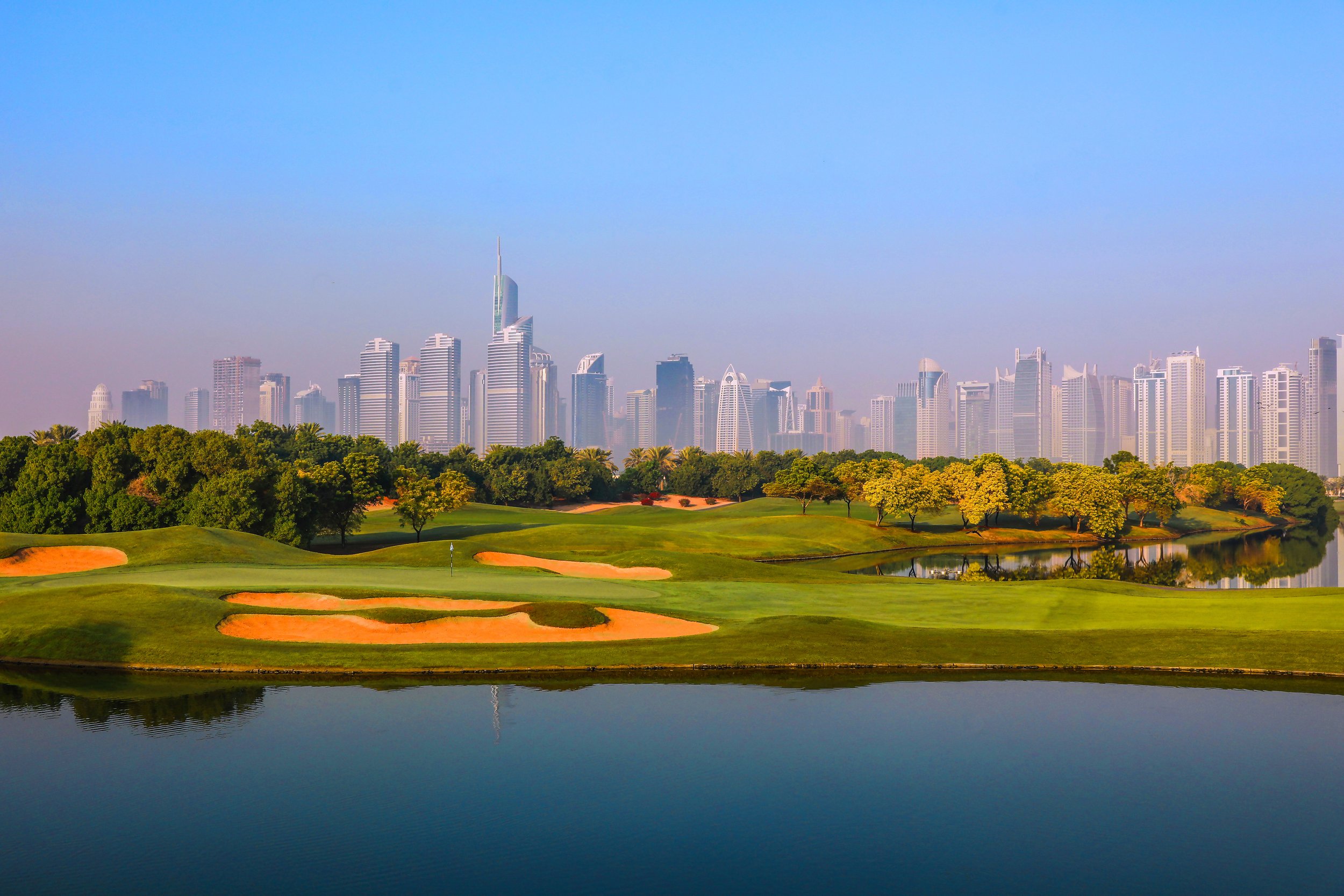
Experience Excellence at Montgomerie Golf Club Dubai
Montgomerie Golf Club Dubai stands as a distinguished landmark in the emirate's flourishing golf scene. Situated within the exclusive Emirates Hills residential community, it represents a confluence of championship-level golf and five-star hospitality. Since its inception, the club has been recognized as a premier leisure destination, contributing significantly to Dubai's reputation as a global hub for luxury golf tourism. Its location within one of Dubai's most prestigious addresses immediately signals an air of exclusivity and quality, attracting a discerning clientele of residents and international visitors. The facility is more than just a golf course; it is conceived as a comprehensive resort experience, blending sporting challenge with refined leisure amenities. The club is strategically located in the heart of Emirates Hills, a master-planned community renowned for its opulent villas and manicured landscapes, often referred to as the "Beverly Hills of Dubai". This setting provides a backdrop of serene greenery and luxurious residences, although the course design often uses landscaping to create a sense of seclusion on the fairways. Its position offers convenient access, situated just off Sheikh Zayed Road and relatively close to key areas like Dubai Marina and other prominent golf clubs such as Emirates Golf Club. This prime location enhances its appeal as both a local membership club and a destination for visiting golfers.
Montgomerie Golf Club Dubai
The course architecture is defined by several key elements that contribute to its challenge and aesthetic appeal:
Water Hazards: Water is a pervasive feature, with 14 man-made lakes covering 49 acres integrated into the design.These lakes come into play frequently, demanding accuracy and strategic course management, particularly on approach shots and several tee shots.
Bunkering: The course is heavily bunkered, featuring 81 large, strategically placed sand traps. These hazards guard fairways and greens, penalizing errant shots. Unique bunker shapes, such as the hand-shaped bunker on the 17th and the "snake eyes" bunkers on the 4th, add memorable visual elements reflecting Muirhead's design influence.
Green Complexes: The greens are a notable feature, described as large, expansive, and often heavily contoured or undulating. Their size can be misleading, and the shaping can lead to challenging putts. They are reputed to be consistently fast, with speeds mentioned as rolling above 9.5 on the Stimpmeter. Thoughtful run-off areas around the greens further test the short game. An early claim at the course launch mentioned the world's largest green, though whether this referred to a specific hole or an average size requires clarification.
Fairways: In keeping with the links-land inspiration, the fairways are generally characterized as undulating and often wide or generous in landing areas. However, their contours can create deceptive stances or awkward lies, and strategic bunkering or water hazards often dictate the preferred line of play despite the width
Signature Holes Analysis
Several holes are consistently highlighted for their unique design or memorable challenge:
Hole 4 (Par 5): "The Snake" - This hole earns its nickname from its distinctive saddleback fairway, which doglegs towards the green, and two prominent bunkers behind the green resembling snake eyes. It presents multiple strategic options off the tee and on the second shot, with bunkers potentially catching misplaced shots. Playing down the right side is often considered easier for the approach, but the hole demands careful execution. Yardages cited range from 497y to 593y depending on the tee and source.
Hole 9 (Par 5): A demanding finish to the front nine, this long par 5 features water running down the left side, requiring accuracy off the tee and on subsequent shots. Its length is considerable, cited as 603 yards or even 650 yards.
Hole 13 (Par 3): Perhaps the most talked-about hole due to its original design. The green was initially shaped like the map of the UAE, creating a unique visual. It functions as an island green surrounded by water, with a 360-degree teeing area allowing for varied angles and distances. The green shape has since been "softened" to a more conventional kidney shape, suggesting a move towards more traditional playability. Yardages vary significantly depending on the tee used, cited from 165 yards up to 224 yards.
Hole 17 (Par 3): This par three is notable for the distinctive hand-shaped bunker that guards the green, another hallmark of Muirhead's imaginative style. Yardages are cited between 154 and 223 yards.
Hole 18 (Par 5): A formidable finishing hole, often described as a "monster" due to its length, which is cited variously as 600, 656, 660, or even 717 yards. Water is a significant factor, protecting the front of the green and running alongside the fairway, making it extremely difficult, if not impossible, to reach the green in two shots. The undulating fairway adds further complexity. It provides a dramatic and challenging conclusion to the round, considered a classic test.
The character of these signature holes reflects the blend of design influences. The unique shaping and naming conventions of holes 4, 13 (original), and 17 point towards Desmond Muirhead's creative, sometimes unconventional approach. In contrast, the sheer length and strategic placement of water hazards on holes 9 and 18 align closely with Colin Montgomerie's emphasis on creating a demanding championship test that rewards power and precision. The subsequent modification of the 13th green from its original UAE shape suggests a potential post-opening adjustment, perhaps favoring more conventional playability over the highly stylized initial concept, while retaining the core challenge of the island green.
